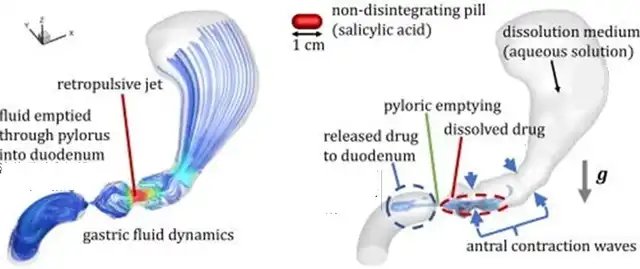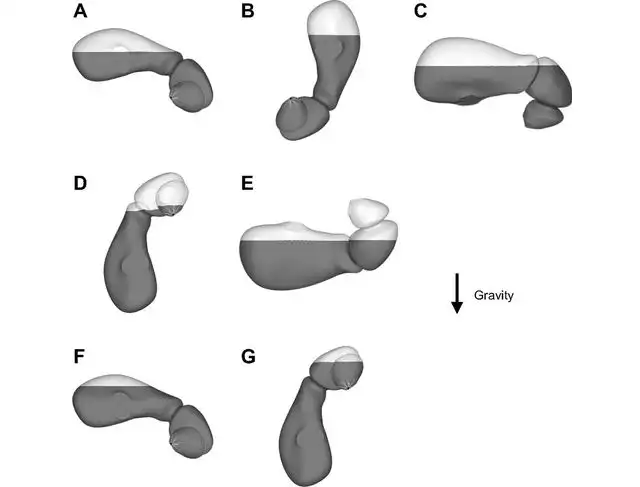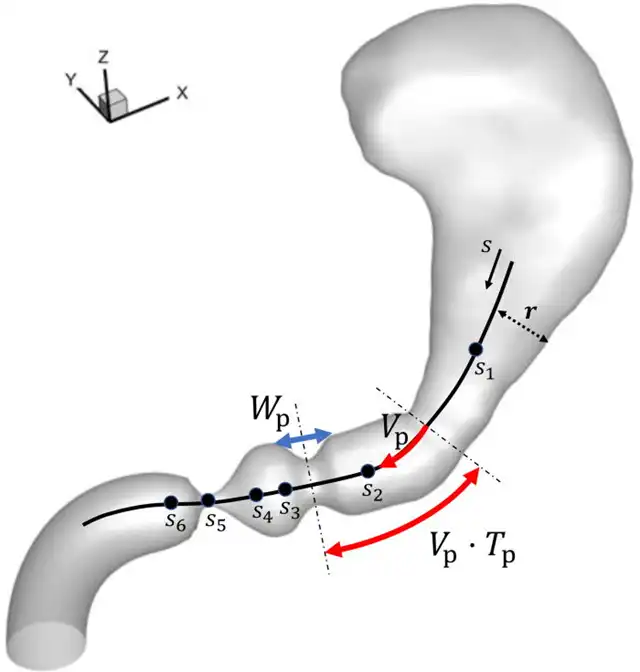The Impact of Body Position on Medication Effectiveness
- Normal Liver Cells Found to Promote Cancer Metastasis to the Liver
- Nearly 80% Complete Remission: Breakthrough in ADC Anti-Tumor Treatment
- Vaccination Against Common Diseases May Prevent Dementia!
- New Alzheimer’s Disease (AD) Diagnosis and Staging Criteria
- Breakthrough in Alzheimer’s Disease: New Nasal Spray Halts Cognitive Decline by Targeting Toxic Protein
- Can the Tap Water at the Paris Olympics be Drunk Directly?
The Impact of Body Position on Medication Effectiveness: Right-Side Lying Accelerates Pain Relief
- Should China be held legally responsible for the US’s $18 trillion COVID losses?
- CT Radiation Exposure Linked to Blood Cancer in Children and Adolescents
- FDA has mandated a top-level black box warning for all marketed CAR-T therapies
- Can people with high blood pressure eat peanuts?
- What is the difference between dopamine and dobutamine?
- How long can the patient live after heart stent surgery?
The Impact of Body Position on Medication Effectiveness: Right-Side Lying Accelerates Pain Relief
Researchers explore how body posture influences the absorption and efficacy of oral medications.
When it comes to alleviating discomfort or pain, the minutes spent waiting for pain relief medication to take effect can be both physically and emotionally taxing. Recent research suggests that the effectiveness of these medications may be accelerated by adopting specific body postures, with lying on the right side being a potentially beneficial position.
Understanding Medication Absorption
Scientists have observed since 1918 that when individuals lie on their right side after ingesting a contrast agent used in diagnosing digestive issues, the emptying speed of the stomach accelerates.
This discovery prompted ongoing research into the effects of body posture on medication efficacy to unveil the physiological mechanisms behind it.
Before delving into how body posture affects medication effectiveness, it’s essential to understand the absorption process of oral medications in the body. After ingestion, medications travel through the esophagus to the stomach, where they disperse, dissolve, and are diluted by digestive fluids. Subsequently, they enter the small intestine in a process known as gastric emptying.
For most medications, stomach absorption is negligible, and the primary absorption occurs in the upper part of the small intestine, particularly the duodenum, due to its extensive absorption surface and abundant blood supply. Understanding how body posture affects the time it takes for medications to take effect involves exploring the changes in these direct factors in different positions.

3D stomach model used to study how body position affects drug onset of action
Influence of Body Posture on Medication Effectiveness
The gastric emptying process is a crucial early stage in the absorption of orally administered drugs. Taking acetaminophen, a common fever reducer, as an example, it takes about 6.8 minutes for half of the drug to be absorbed in the small intestine, while the average time for half-emptying in the stomach is around 12 minutes.
Researchers have investigated how body posture affects the time liquids and solids remain in the stomach. Studies, such as those conducted by Anvari M and colleagues at McMaster University in Canada, suggest that lying on the right side can expedite gastric emptying compared to sitting or standing, while lying on the left side or supine positions typically result in slower emptying.
The phenomenon is believed to be due to changes in stomach volume and liquid distribution in different postures. Generally, a larger stomach volume correlates with faster emptying, and lying on the right side maximizes stomach volume.
Furthermore, in the right-side lying position, the pylorus (the connection between the stomach and the duodenum) is in a lower position, facilitating faster gastric emptying due to gravity. Conversely, in left-side lying or supine positions, the pylorus is oriented upwards, impeding the gastric emptying process.

Geometry of the stomach in different positions (A) upright (B) prone (C) lying on the right side (D) lying on the back (E) lying on the left side
Effects on Blood Flow and Autonomous Nervous System
Changes in body posture also impact blood flow and distribution within the body. Transitioning from a lying position to sitting or standing causes blood to accumulate in the lower half of the body due to gravity, leading to plasma loss from blood vessels into the interstitial spaces of organs and tissues. This can significantly alter the concentrations of drugs in the bloodstream, especially for medications with high protein binding.
Researchers from the Bordeaux University Hospital in France found that plasma loss can affect drug concentrations in the blood, particularly for drugs that bind to proteins, such as insulin, heparin, and antibody medications.
Additionally, changes in posture affect the autonomous nervous system, indirectly influencing absorption. Right-side lying increases vagal nerve tension, while left-side lying increases sympathetic nerve tension. The tension in these nerves affects gastrointestinal motility, potentially contributing to the faster absorption in the right-side lying position.
The Significance of Body Posture in Medication Absorption
The absorption of orally administered drugs is influenced by various bodily systems and complex factors. Current in vitro experimental methods to assess drug absorption face significant limitations in researching this field.
To overcome these limitations, Professor Rajat Mittal from Johns Hopkins University took an innovative approach, using computer simulations to quantitatively analyze the specific impact of body posture on drug absorption.
The mathematical model developed by the research team integrates the physical and chemical properties of drugs, the flow characteristics of gastric fluids, and the dynamic process of drug dissolution. Using this model, researchers simulated and predicted the behavior of drugs in the stomach under the influence of different body postures.

Scientists use a model to simulate gastric peristalsis
Results showed a significant impact of body posture on the dissolution and absorption of drugs. Compared to supine and left-side lying positions, standing, prone, and right-side lying positions expedited the therapeutic effects of orally administered medications.
For instance, the pain reliever ibuprofen demonstrated its fastest efficacy when lying on the right side, taking only about 10 minutes. In a standing position, it took approximately 23 minutes, while left-side lying required around 100 minutes for the drug to take effect.
It’s important to note that these simulated results are for reference only and may vary based on individual differences and the circumstances of medication intake, such as whether it is taken with food. While these studies may not be directly relevant to most individuals, they hold particular significance for specific groups, such as those with gastric issues, bedridden patients, or the elderly.
For these groups, who may face challenges like delayed gastric emptying or limited body posture, understanding how body posture affects drug absorption can help improve the efficiency and effectiveness of medication absorption, alleviating pain or other symptoms and holding significant clinical implications.
The Impact of Body Position on Medication Effectiveness: Right-Side Lying Accelerates Pain Relief.
(source:internet, reference only)
Disclaimer of medicaltrend.org
Important Note: The information provided is for informational purposes only and should not be considered as medical advice.



